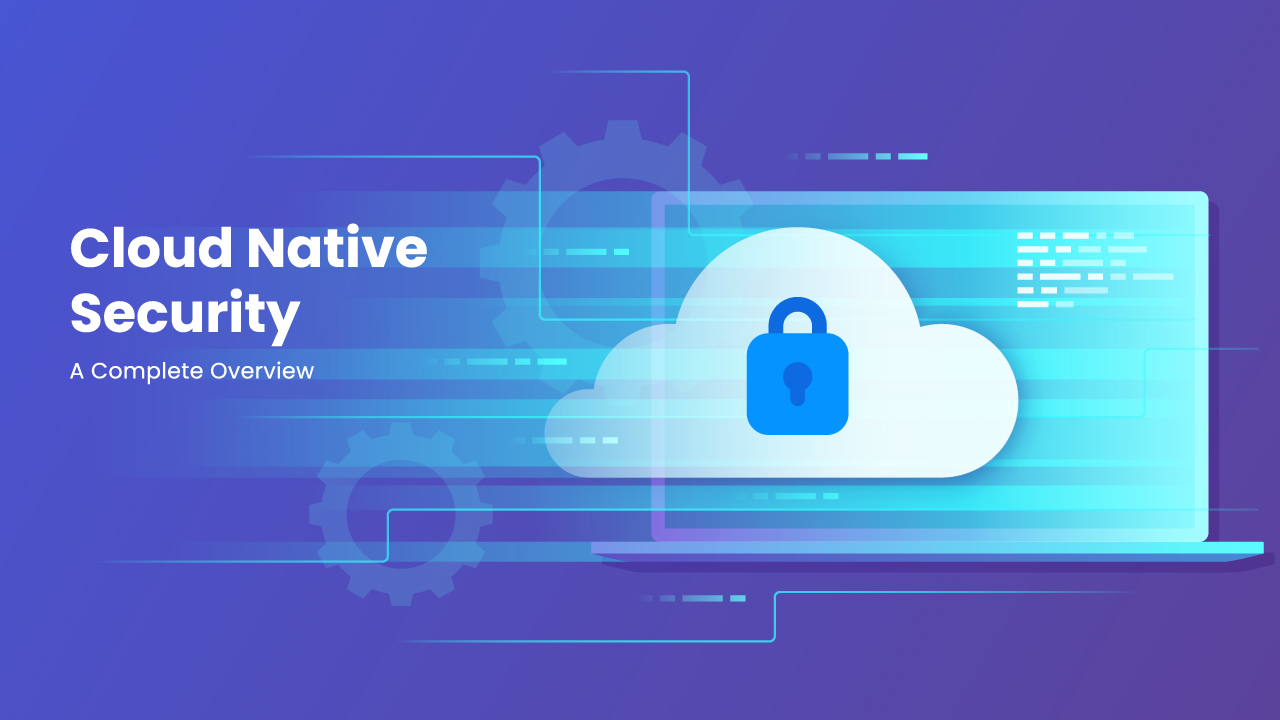Securing Cloud-Native Environments☁️
 Prajwal Deshpande
Prajwal Deshpande
Keeping Cloud Security Simple
Cloud security isn’t rocket science—it’s about keeping your work safe. Cloud-native environments are the backbone of modern applications. However, as companies scale, so do the security challenges. Ensuring security isn’t just about protecting against external threats—it’s also about setting things up correctly from the start (that’s your secure configuration) and knowing exactly how to react when something goes wrong (your rapid response plan).
In this blog, we explore how these two pillars work together and how benchmarking tools like Kubescape and Armo empower organizations to continuously assess and enhance their cloud security.
The Two Pillars: Posture Management and Incident Management
Posture Management: Seeing Everything
When you have a clear view of your environment. It’s about proactively identifying misconfigurations, vulnerabilities, and compliance gaps before they escalate. A SPoG (single pane of glass) tool can help here; tools that offer SPOG capabilities: Datadog, IBM Instana Observability, SquaredUp, JumpCloud, SigNoz.
Tools like Kubescape (an open-source Kubernetes security platform) automate vulnerability scanning and compliance checks against standards like the MITRE ATT&CK, CIS Benchmarks, and others.
Open Policy Agent (OPA) enforces guardrails, ensuring policies are applied uniformly across clusters. (Use Kyverno more native towards Kubernetes)
Kube-bench validates configurations against CIS guidelines, while Kube-hunter simulates attacks to expose weaknesses. Both are from Aqua Security.
Incident Management: Acting Swiftly
No system is perfect. Even with a strong security posture, incidents will occur. Effective incident management is about quickly detecting breaches, analyzing their impact, and responding quickly to mitigate damage.
Real-Time Monitoring and Alerting: Integrating monitoring tools such as Prometheus and Loki ensures that security events are immediately flagged.
Automated Response: Advanced platforms can trigger pre-defined remediation workflows, reducing mean time to recovery (MTTR).
Istio enhances observability and traffic control, while Metrics Server tracks resource usage to detect bottlenecks or suspicious activity.
Benchmarking Tools: Your Security Scorecard for Continuous Improvement
1. Security Benchmarking
CIS Kubernetes Benchmark: The gold standard for hardening clusters.
Kube-bench: Automates CIS checks, while Kubescape (and commercial solutions like Armo) add layered risk analysis and remediation.
2. Performance Benchmarking
k6 and Locust: Simulate user traffic to test scalability.
Vegeta and Kubestone: Stress-test APIs and Kubernetes-specific workloads.
JMeter: Ideal for complex, large-scale HTTP load testing in hybrid environments.
3. Storage Benchmarking
- Kubestr and FIO: Validate storage performance and resilience, ensuring your data planes withstand pressure.
Why it matters: Benchmarking uncovers hidden risks. A slow API under load (caught by k6) or a misconfigured PersistentVolume (flagged by Kubestr) could cascade into security failures.
The 4C’s Security Model: Layer Your Defenses
Security isn’t one-size-fits-all. Think of the 4C’s:
Code: Scan for vulnerabilities in your app (e.g., Snyk).
Container: Harden images (e.g., Clair, Trivy).
Cluster: Enforce policies with tools like Kubescape or OPA.
Cloud: Secure the underlying infra (IAM, network policies).
Each layer depends on the one below. A weak cluster undermines even the best-secured containers.
Wrap-Up
Cloud-native security boils down to:
Continuous checks;
Real-time incident response;
Benchmarking everything;
Add the 4C’s model to ensure no layer is overlooked. Start with open-source tools, run those CIS checks, pick your tools, and start auditing and never assume your setup is “done.”
Subscribe to my newsletter
Read articles from Prajwal Deshpande directly inside your inbox. Subscribe to the newsletter, and don't miss out.
Written by

Prajwal Deshpande
Prajwal Deshpande
Hi there! My name is prajwal and I am a developer and a student. I am currently pursuing a degree in computer science. In my free time, I enjoy tinkering with new technologies and building creative projects. As a developer, I have a passion for writing clean, efficient code and constantly strive to improve my skills and stay up-to-date with the latest industry trends. I am excited to continue learning and growing as a developer and am always looking for new opportunities to challenge myself and contribute to meaningful projects.